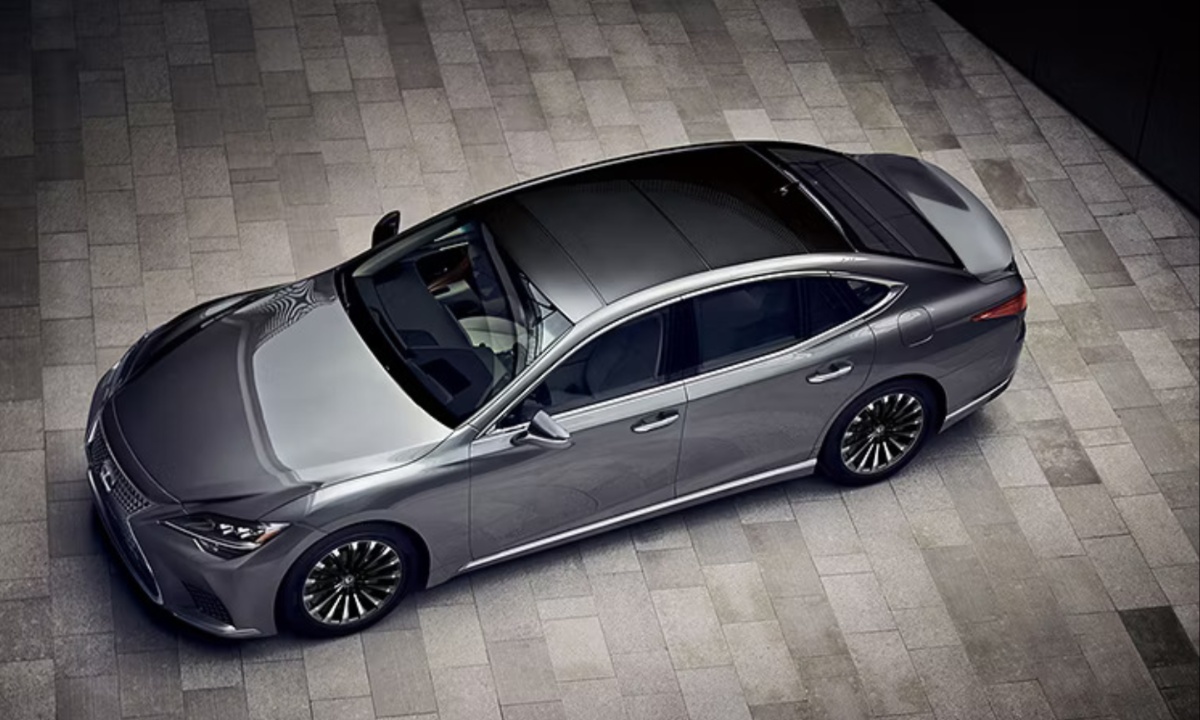When it comes to sunroofs, not all are created equal. While some automakers have engineered systems that provide years of leak-free enjoyment, others have delivered flawed designs that turn rainy days into expensive nightmares.
In this feature, we highlight five sunroofs renowned for their durability and sealing integrity—and five notorious for leaking, flooding, and frustrating owners. From German precision to cost-cutting disasters, here’s what to know before you trust the sky above your head.
5 Sunroofs That Never Leak
1. Porsche 911 Targa: A Benchmark in Leak-Free Roof Engineering
The Porsche 911 Targa top system stands as a pinnacle of automotive roof design, perfected over nearly 60 years. Unlike traditional sunroofs that rely on sliding glass panels vulnerable to leaks, the Targa uses a fully removable roof section.
This eliminates major failure points and creates a sealed cabin without exposed moving parts. Precision-engineered EPDM rubber seals, fortified with UV and ozone-resistant additives, retain flexibility from -40°F to 180°F, ensuring long-term reliability in any climate.
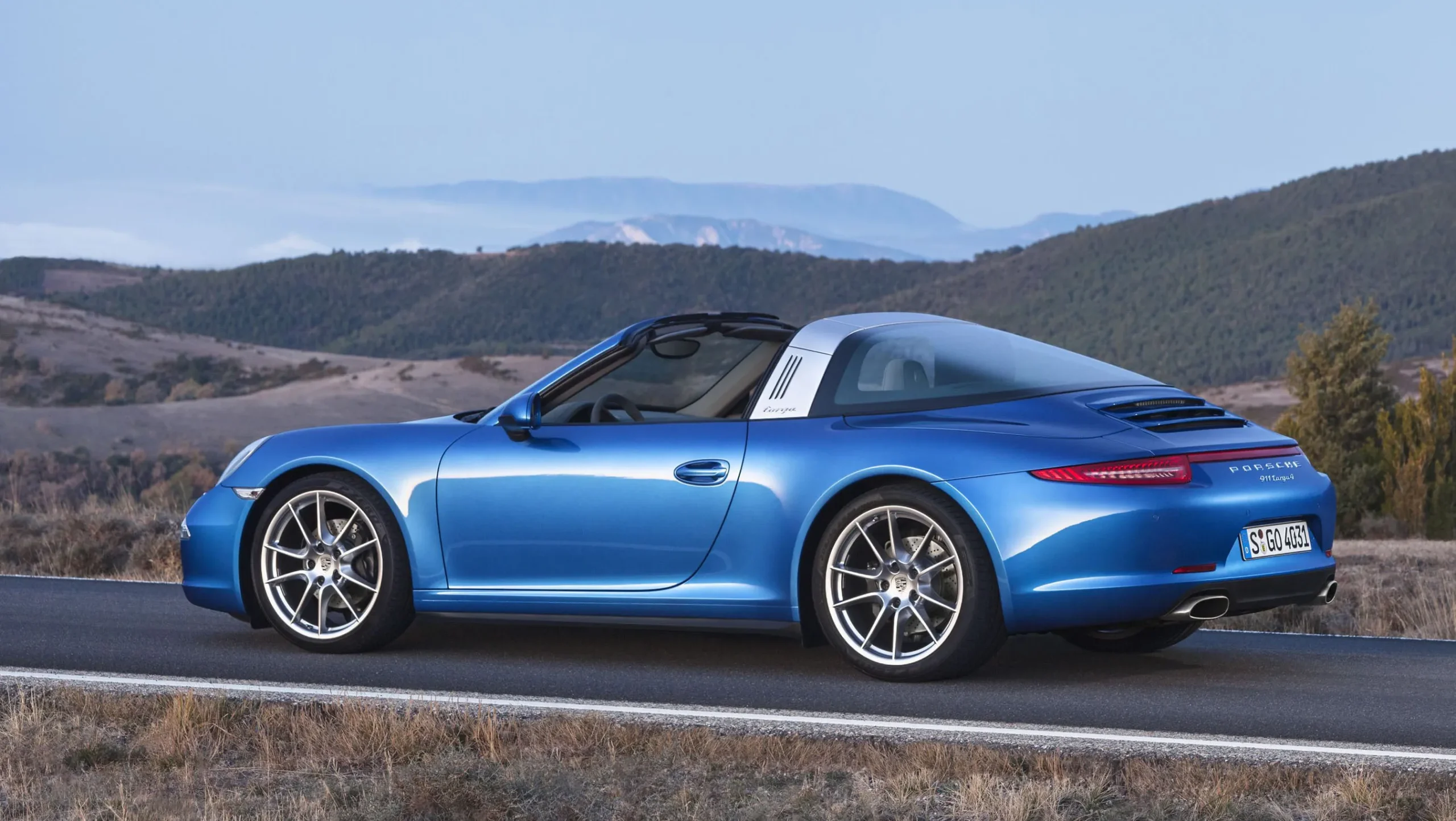
The Targa bar, made of lightweight aluminum alloy, adds structural strength, while stainless hardware and specialized lubricants support decades of smooth operation. Porsche’s installation and testing protocols include precise torque settings and multi-angle water spray evaluations, simulating extreme weather.
Even in harsh conditions, leak rates remain under 0.5% over ten years. With large, accessible drainage channels and modular components, the 911 Targa offers unmatched durability, easy serviceability, and a legacy of engineering excellence.
2. Mercedes-Benz S-Class: Industry-Leading Panoramic Sunroof Engineering
The Mercedes-Benz S-Class panoramic sunroof exemplifies cutting-edge automotive engineering, combining durability, precision, and user-focused reliability. Built around a reinforced steel frame with integrated, seam-free drainage channels, the system minimizes potential leak points and offers redundant paths for water flow.
A proprietary multi-lip rubber seal, developed by Mercedes, maintains its shape and sealing properties over hundreds of thousands of cycles, providing layered protection against water intrusion. The glass panels are precision-ground to within 0.1mm flatness, ensuring uniform compression and seal integrity.
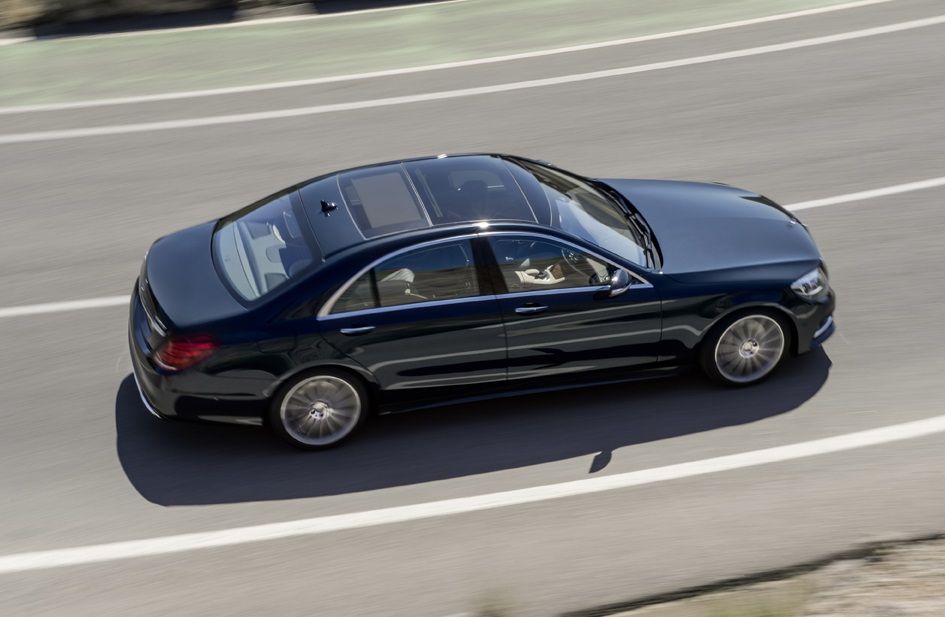
Brushless DC motors with integrated sensors allow slow, controlled movement during sealing phases, reducing stress and preventing damage. Obstacle detection adds another layer of mechanical protection. Each unit undergoes rigorous static and dynamic water testing before final installation.
Mercedes also ensures long-term reliability through detailed maintenance protocols and specialized technician training. The result is a highly dependable sunroof system with low warranty claim rates and consistently high customer satisfaction.
3. BMW X5 Twin-Panel Roof: Form, Function, and Predictive Engineering
BMW’s twin-panel panoramic roof on the X5 SUV is a prime example of balancing design aesthetics with robust engineering. The two-panel configuration reduces thermal expansion and load stress by dividing the glass into smaller sections, offering better seal reliability and structural stability.
Advanced aluminum extrusions form the structural frame, featuring complex internal designs for integrating drainage, wiring, and reinforcements. The dual-seal concept adds another layer of security: a co-extruded rubber seal forms the primary barrier, while a backup seal captures residual moisture, directing it through carefully sized drainage paths that exceed regulatory capacity.
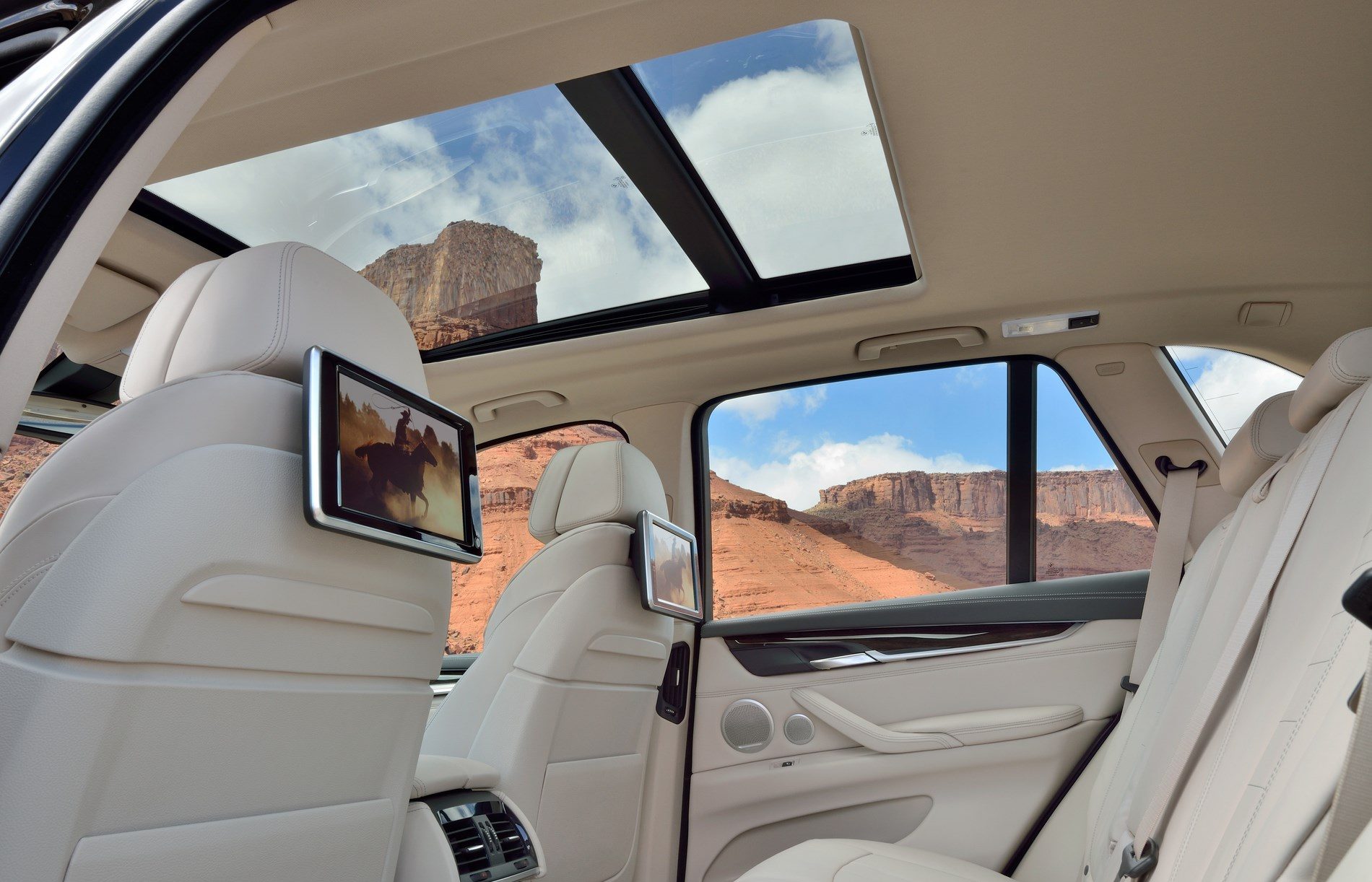
Smooth drainage channel transitions resist clogging and support sustained performance during heavy rainfall. BMW’s motor and control systems use servo motors with feedback for adaptive operation.
The control logic self-adjusts to compensate for wear, and safety is built in through anti-pinch and object detection features. The entire system reflects a high degree of foresight, addressing both function and longevity with precision.
4. Audi A8: Four-Zone Climate-Controlled Sunroof Excellence
The Audi A8’s four-zone climate-controlled sunroof blends advanced environmental management with top-tier engineering, offering superior comfort and durability. Addressing common issues like solar heat gain and glare, Audi uses laminated glass with multiple functional layers—UV filters, infrared reflectors, and anti-glare treatments—while integrating heating and antenna systems.
Unique to this sunroof is its active sealing system: a pressurizable hollow rubber seal that adapts to weather and speed, backed by secondary seals and compartmentalized drainage. The lightweight frame combines aluminum and carbon fiber, housing ducting, electronics, and drainage without compromising strength.

The system includes sensors and servo motors with load sensing and predictive maintenance alerts. Audi’s HVAC integration allows each passenger to control airflow and temperature independently, maintaining cabin comfort even under harsh sun.
Rigorous testing—covering water intrusion, thermal cycles, and vibration—ensures reliability. With low warranty claims and high customer satisfaction, the A8 sunroof exemplifies cutting-edge automotive innovation and dependable luxury.
5. Lexus LS Hybrid: Whisper-Quiet and Reliable Panoramic Roof
The Lexus LS Hybrid panoramic sunroof exemplifies refined luxury through exceptional quietness and reliability. Lexus focused on eliminating wind noise, leaks, and mechanical failures by integrating advanced acoustic engineering.
The laminated glass features a noise-reducing interlayer, while polished edges and a multi-piece frame with vibration-damping materials minimize turbulence and sound. A progressive compression seal dynamically adjusts to driving speeds, ensuring airtight sealing without excessive pressure.
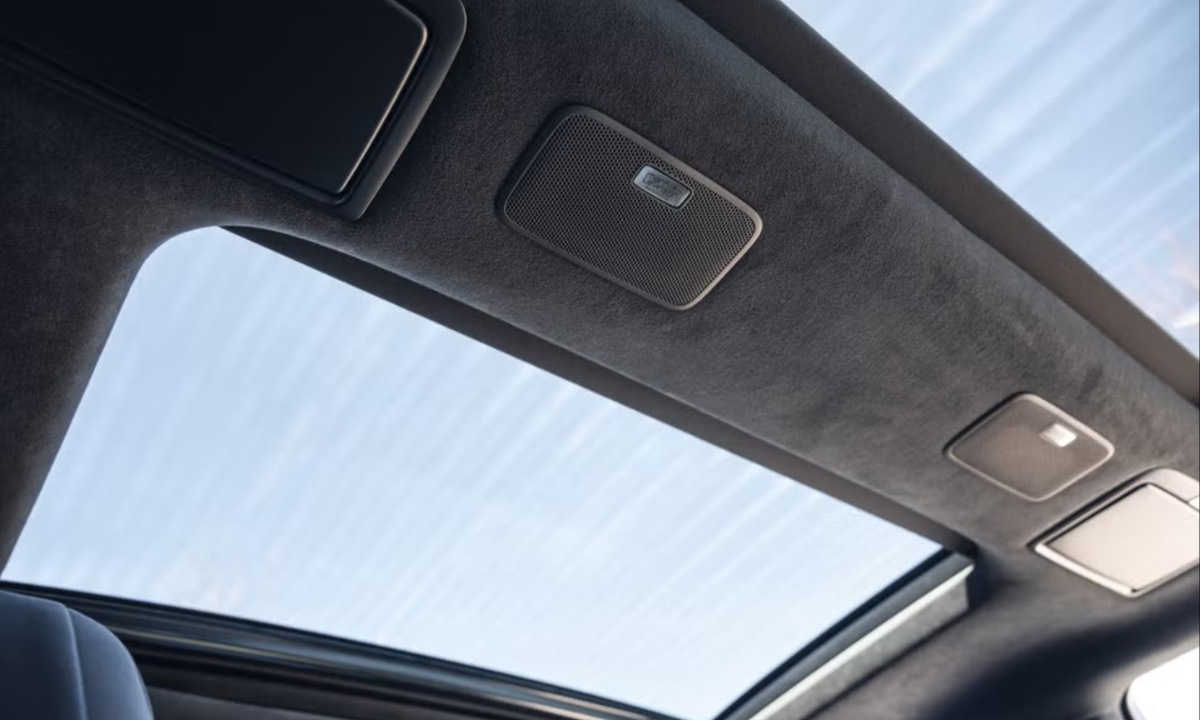
The drainage system includes smooth channels and multiple exit points, preventing clogs and water intrusion, supported by easy maintenance access. Motors operate quietly with noise isolation and adaptive control algorithms that compensate for wear.
Lexus enforces strict quality control from supplier selection to final assembly, ensuring precision and durability. Continuous diagnostic monitoring predicts issues before they arise, reducing warranty claims.
Independent tests show leak rates well below average. Customers praise the LS sunroof for its silent operation and reliability, with no resale value loss linked to this luxury feature.
Also Read: 5 Cars That Survive Salt Roads and 5 That Rust Instantly in the Midwest
5 Sunroofs That Flood Your Cabin
1. Ford Explorer (2011–2019): Chronic Design Failures in Panoramic Vista Roof
The Ford Explorer’s Panoramic Vista Roof stands out as a textbook case of poor engineering leading to widespread failures. The sunroof’s primary issue stems from an undersized and poorly routed drainage system.
Ford engineers significantly underestimated the water-handling needs for such a large opening, implementing narrow channels with sharp bends that trap debris easily. When these channels clog, water overflows directly into the vehicle’s interior due to a lack of adequate backup pathways.
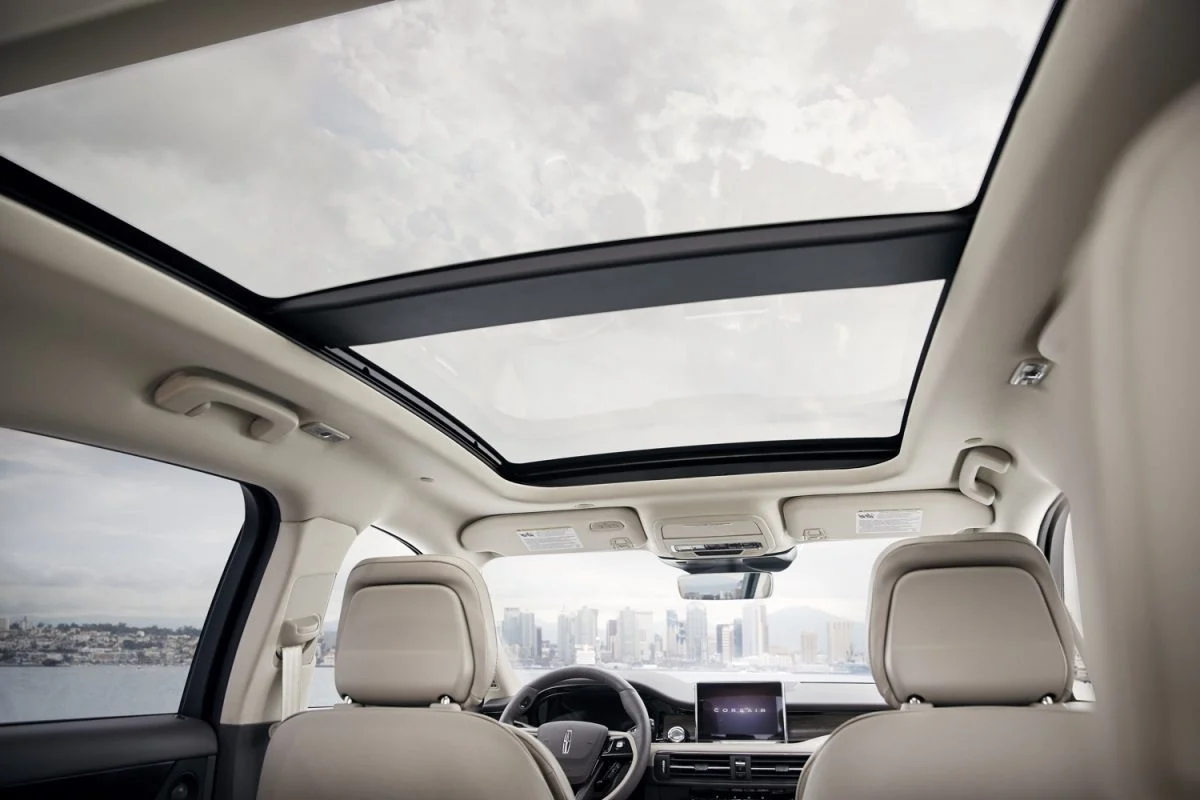
Additionally, the rubber seals used lack UV resistance and proper flexibility. These single-stage seals deteriorate rapidly, allowing gaps to form and water to enter. Compounding this issue is the imprecise glass installation process, which leads to uneven seal compression and weak points for water intrusion.
These structural oversights result in severe water damage, affecting not only upholstery but also electronic systems and the vehicle’s structural components, leading to high repair costs and diminished resale values.
2. Nissan Murano (2015–2022): Cost-Cutting at the Expense of Durability
Nissan’s dual-panel moonroof in the Murano reveals how theoretical adequacy in design can fail when exposed to real-world variables. The system uses drainage channels that appear sufficient under controlled testing but collapse under environmental pressures.
Sharp bends and inadequate sizing cause clogs that redirect water into the cabin. The seal quality is equally deficient—low-cost rubber materials harden and crack after minimal UV and heat exposure, leading to compromised sealing. Temperature changes exacerbate this deterioration, especially in warmer climates.
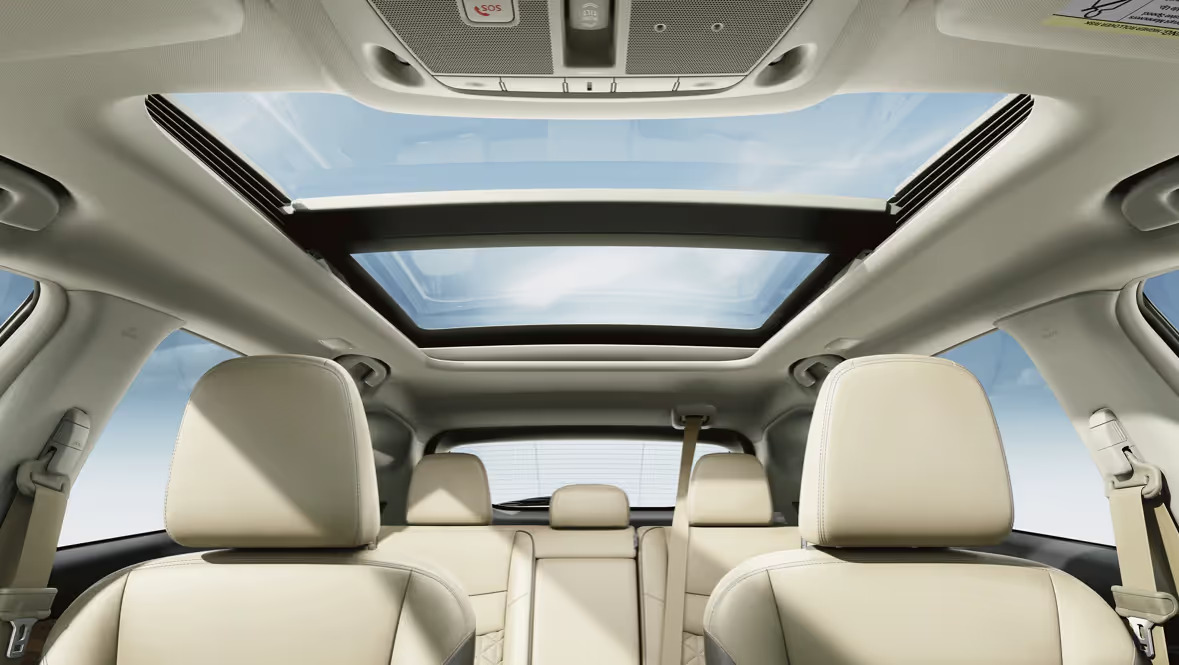
Glass installation lacks the precision needed for consistent compression of the seals, leading to variable performance and early failures. Nissan’s assembly line practices and lack of comprehensive leak testing further increase failure rates.
Once water intrusion begins, the vehicle’s interior, particularly soft components and electronics, suffers rapid degradation. Frame construction, too, lacks durability, with poorly protected thin-gauge steel prone to corrosion and cracking.
3. Jeep Grand Cherokee (2014–2021): Off-Road Image, On-Road Failures
The Jeep Grand Cherokee’s CommandView dual-pane sunroof system demonstrates how rugged branding can be undermined by subpar engineering. Despite catering to outdoor enthusiasts, the sunroof’s design fails under even typical conditions.
Jeep’s drainage system is poorly conceived, lacking the capacity and routing needed for adequate water management. Sharp turns and narrow passages promote clogging from outdoor debris like dust and leaves. Seal material deteriorates rapidly under environmental stress, and the single-compression design does little to stop leaks.

Glass alignment inconsistencies caused by lax manufacturing tolerances result in uneven seal pressure, further compromising the system. The steel frame construction is susceptible to corrosion and fatigue due to insufficient reinforcement and outdated protection methods.
These design flaws lead to widespread water intrusion, damaging electronics and interior materials. Jeep’s inadequate service response and inconsistent warranty policies worsen customer dissatisfaction, creating a long-term liability that significantly diminishes the model’s market value.
4. Lincoln MKC (2015–2019): Luxury Undermined by Flawed Engineering
The Lincoln MKC’s Vista Roof is a glaring example of luxury branding contradicted by substandard engineering. Drainage systems are undersized and feature routing that encourages blockage, turning normal rainfall into a threat.
Seals harden and fail prematurely due to inadequate rubber formulation and reliance on basic compression designs. The assembly process is plagued by wide tolerances, resulting in seal misalignment and inconsistent sealing across vehicles.
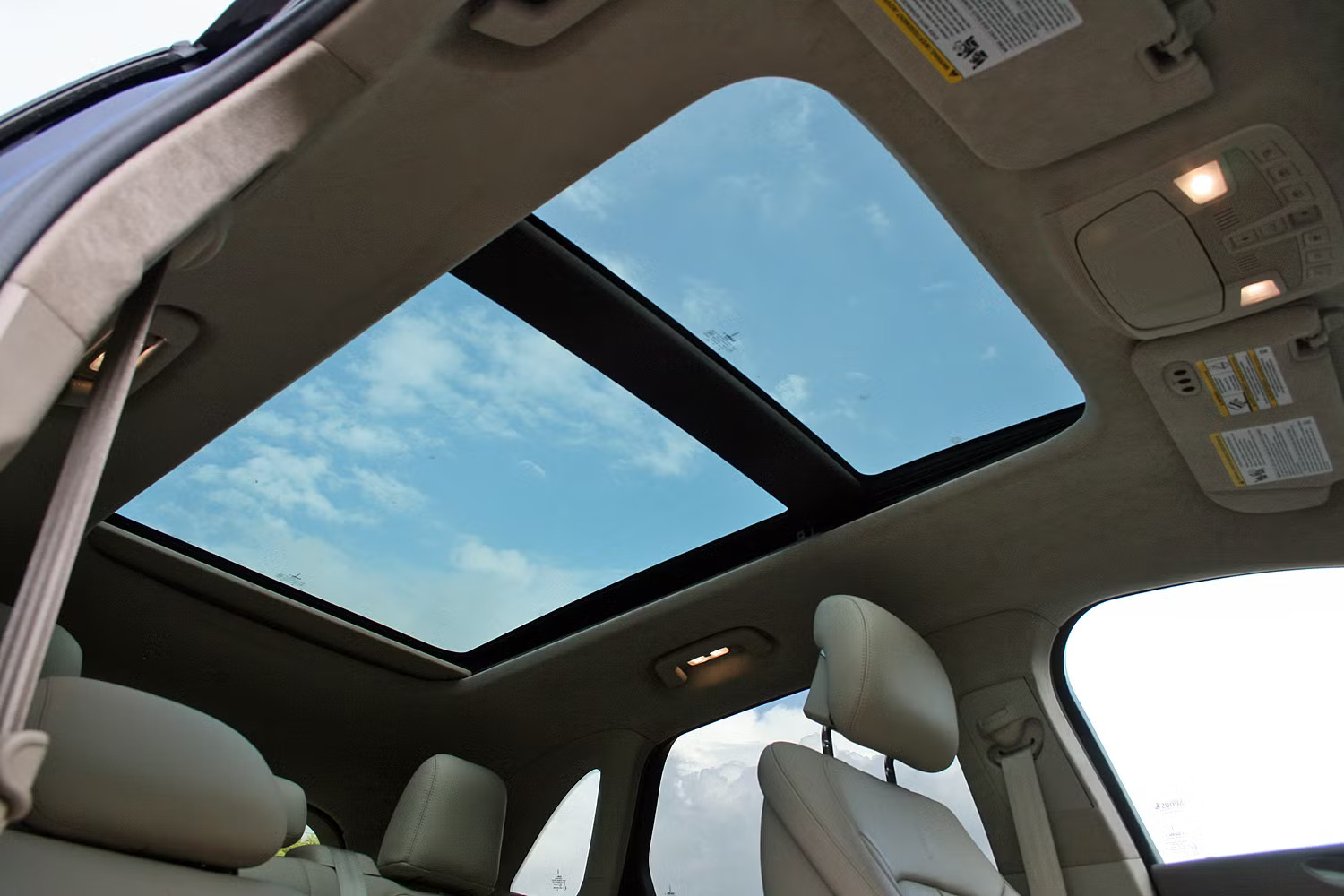
Quality control checks are superficial, focusing on operation rather than leak prevention. The frame uses low-cost steel with minimal corrosion resistance and includes geometry that traps moisture, promoting rust and joint failure.
Glass installation and seal compression are inconsistent, causing leaks to develop early in ownership. Compounding these issues are underwhelming motor and control system designs that lack adaptive features and provide minimal safety protections.
5. Hyundai Tucson (2016–2021): Warranty Doesn’t Cover Design Failures
The Hyundai Tucson’s panoramic sunroof illustrates how aggressive cost targets can sabotage reliability, even under the umbrella of a generous warranty. Drainage systems fail in real-world conditions due to narrow channels and inadequate debris handling.
Sharp bends promote clogs, allowing water to bypass the drainage entirely and enter the cabin. The rubber seals used are low-grade and degrade rapidly under UV and ozone exposure. As they harden, their sealing capability diminishes significantly.
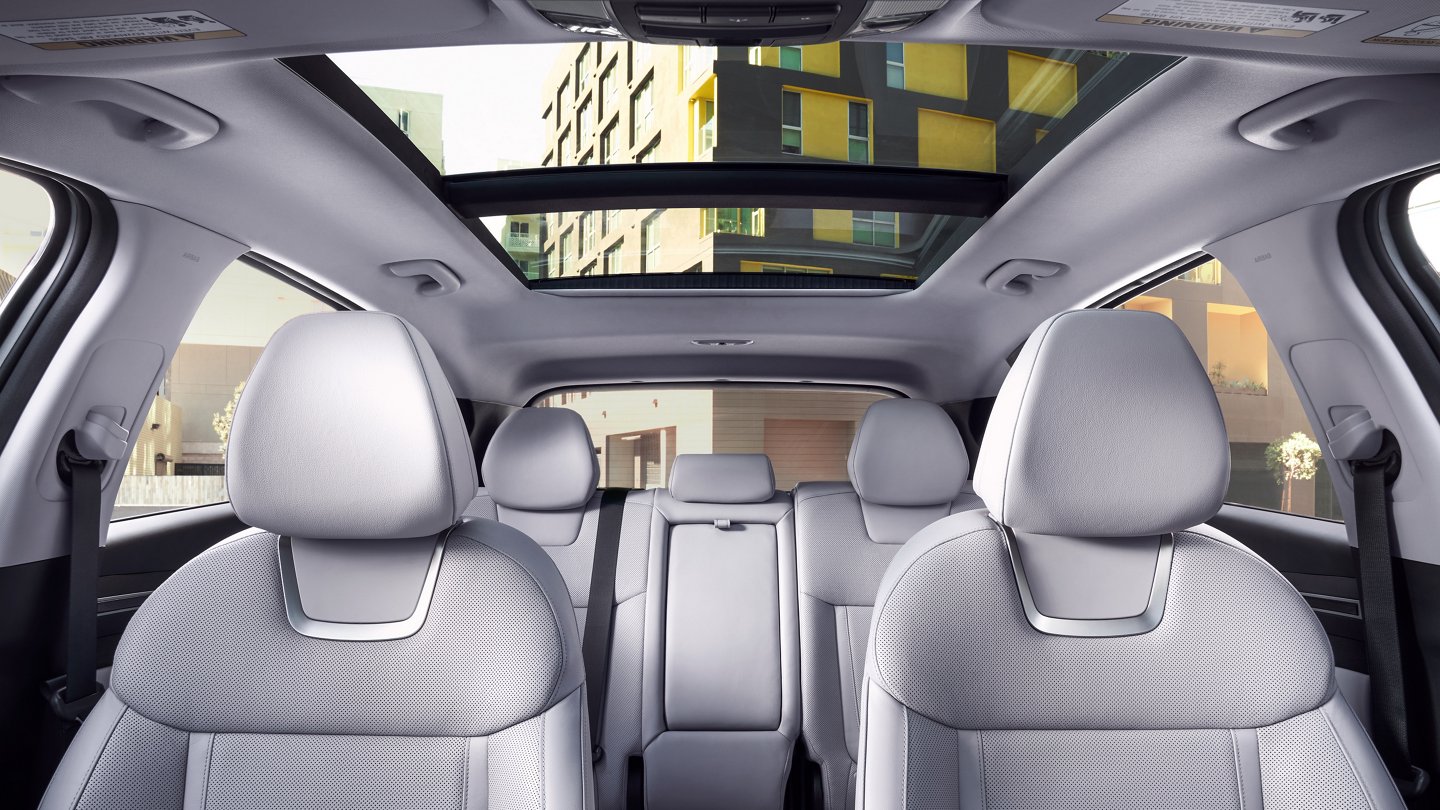
Glass installation lacks the precision needed for consistent seal engagement, and quality control testing does not simulate real-world weather scenarios, allowing flawed systems to reach consumers.
The motor and control units are rudimentary, offering no load sensing or adaptive behaviors, making them vulnerable to environmental and operational stress. Although Hyundai markets strong warranty coverage, claims are often denied or classified as wear-and-tear, leaving owners with steep repair costs.
When buying a vehicle with a sunroof, looks can be deceiving. While some brands have invested in long-term engineering excellence, others have cut corners that lead to devastating water intrusion and expensive repairs.
As with many vehicle features, it’s the invisible details—drainage routing, seal materials, and assembly tolerances—that separate lasting luxury from future frustration. Choose wisely, and you’ll enjoy blue skies without wet seats.
Also Read: 5 Cars That Survive Salt Roads and 5 That Rust Instantly in the Midwest

